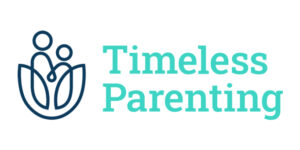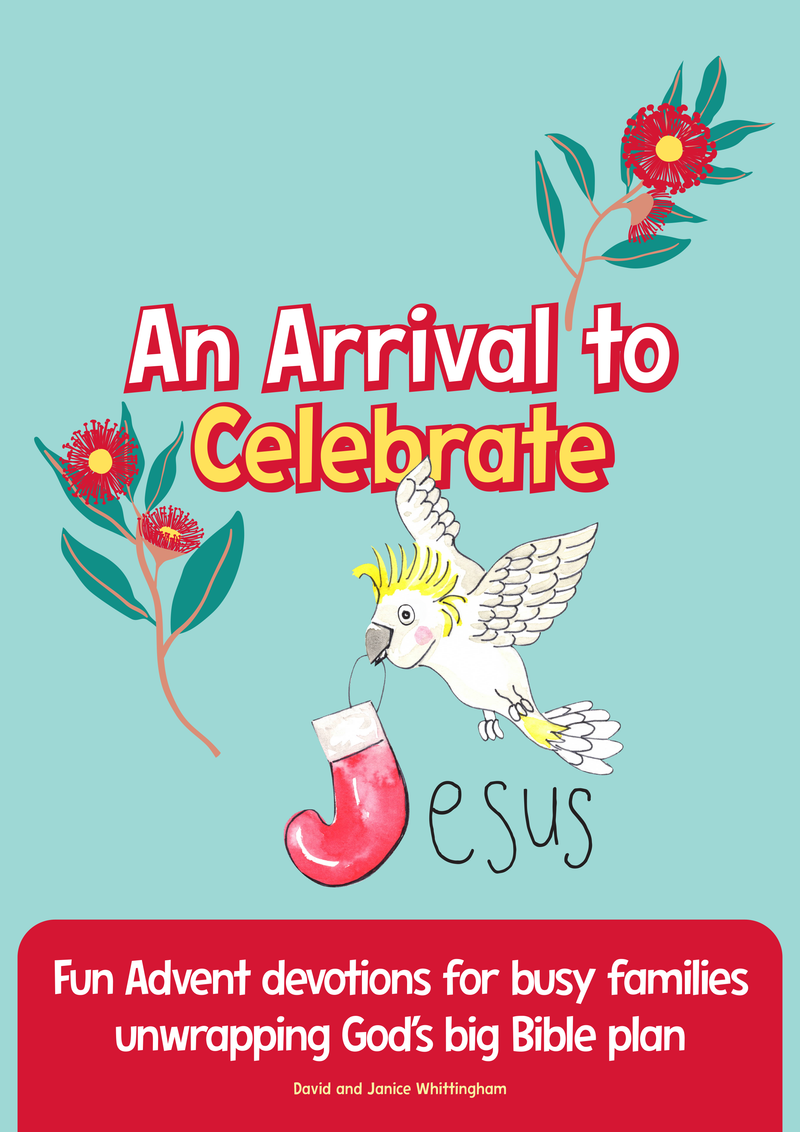My husband and I don’t really ‘do’ Valentine’s Day. The day has always felt too commercialised for our liking. I think that probably means I’ve never received or given anything for Valentine’s Day in my whole life!
It’s easy enough for someone of my age and stage to disregard the Valentine’s Day messaging around me. But what about our teens and pre-teens—is Valentine’s Day a ‘thing’ for them? Here are some ways that we can open up meaningful conversations with our kids on the topic of romance. First, some history.
How did Valentine’s Day start?
Saint Valentine’s Day originated as a Roman Catholic (and later Anglican) feast day honouring a martyred saint of that name. According to the earliest tradition, Saint Valentine was simply a priest who cared for fellow Christians who were being persecuted by the Roman Emperor Claudius II in the third century and was eventually executed himself.
One later legend claims that, on the eve of his execution, Saint Valentine wrote a note to his jailer’s daughter, whom he had befriended and healed of blindness, and signed it ‘Your Valentine’. Another common legend is that Saint Valentine also defied the orders of Emperor Claudius II, who had forbidden young men from marrying (as it would prove a distraction from fighting Rome’s battles). According to this legend, Saint Valentine secretly performed Christian weddings for young couples.
These later legends gained popularity around the time of Geoffrey Chaucer (14th century), whose poem The Parlement of Foules associated Saint Valentine’s Day with romantic love. From then on, February 14 became a day when men and women would send messages to their lovers.
Valentine’s Day today
Valentine’s Day has become a commercialised celebration when couples are expected to demonstrate their love by exchanging cards, gifts, chocolates, flowers and spending time together. In a co-ed school environment, Valentine’s Day is often seen as an opportunity for people (especially boys) to send a message, card or token of affection to someone they like and ask them to be their ‘valentine’.
Whether Valentine’s Day is a ‘thing’ or not, our tweens and teens are growing up in a world where romance is a constant topic of conversation and a potential source of angst or disappointment. Here are some things we can ask and talk about with them.
Talking points
Are people at school talking about Valentines Day?
We can begin by trying to understand what expectations our teens and their friends have for this day of the year. When I asked my kids, they said it wasn’t really a big deal at their school. But in other schools it may be.
Are there many couples forming in your year?
This is a good general question for broaching the topic of teen romance without asking our kids for too many details. It helps us to understand whether there is a lot of pressure to ‘pair off’ in their school environment.
With our older sons, I try to open up conversations about romance, giving them the opportunity to share if they want to. But I don’t push for details if they seem to want to keep things private.
Do you wish you had a ‘valentine’?
Some teens may feel disappointed if they haven’t attracted any romantic attention from a special someone. It’s good to acknowledge our child’s feelings, even if the dramas of teen romance seem petty to us. We can share our own memories of what it was like to feel overlooked and left out, or to have our romantic feelings go unrequited.
In a future article we will consider how to say ‘no’ when you don’t want to go out with someone.
What do you think being ‘boyfriend and girlfriend’ really means?
This is a helpful way to understand what our kids really mean when they talk about people ‘going out’. Does it simply mean sitting together at school and calling or texting each other after school? Is it normal for kids to hold hands and kiss in the playground at their school? (At our kids’ school ‘PDAs’ are not allowed!) Does it mean going out and doing things together on the weekend? Is this usually done alone or in a group? Are our kids in a context where it’s normal for couples to spend time alone together at each other’s houses?
We may then be able to offer our perspective on healthy expressions of teenage romance.
A crush is just feelings
As we talk with our older children, we can explain that having romantic or sexual feelings for another person is a natural part of growing up. Their adolescent brains and bodies are preparing to seek a marriage partner. We can ask them what it’s like to experience these feelings—what happens in their body and mind when that special person is nearby? (For more on this, see Patricia Weerakoon’s helpful book for teenagers, Teen Sex by the Book.)
What sort of person …
To read the rest of this article head over to Growing Faith, a Christian online magazine for parents. Find out more about Growing Faith and subscribe to our monthly e-newsletter here.




